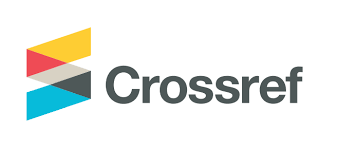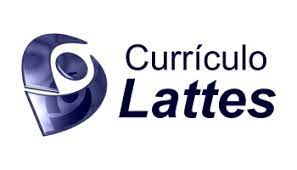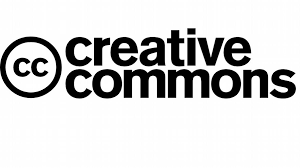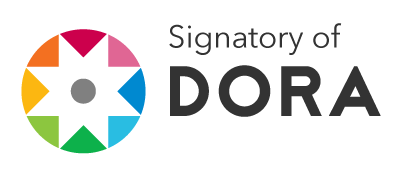Conservative management in a case of pancreatic trauma with Wirsung duct injury
DOI:
https://doi.org/10.47456/rbps.v25isupl_1.41043Keywords:
Conservative treatment, Abdominal injuries, Pancreatic ductsAbstract
Introduction:
The diagnosis of pancreatic injuries can be challenging. Although the FAST is efficient in detecting hemoperitoneum, one third of patients with pancreatic injury have normal FAST. Thus, the diagnosis is made by computed tomography (CT) or laparotomy. Complications of pancreatic injury occur in up to 50% of cases and include fistula, pseudocyst and abdominal abscesses. Appropriate management is essential in the outcome of morbidity and mortality. Case report: A 21-year-old male patient was admitted to the HEUE with a history of blunt abdominal trauma. CT showed hemoperitoneum and laceration of the pancreas head involving the Wirsung duct. At laparotomy, there wasn’t success in visualizing pancreatic lesions. He was referred to the HUCAM with a septic condition and antibiotic therapy, TPN and liquid diet were started. After 10 days ERCP showed stenosis of distal common bile duct, papillotomy was performed with placement of a biliary prosthesis, without success in accessing the pancreatic pathway. With impossibility of catheterizing the Wirsung duct via ERCP, a surgical approach was indicated, which showed firm adhesions in the upper abdomen, in addition to candle drippings in the omentum. In this scenario, tactical cholecystectomy and splenectomy for catheterization of the duct via the tail of the pancreas was performed. He was discharged with a Wirsung catheter and evolved with a pancreatic pseudocyst, which required transgastric drainage. Subsequently, the catheter was removed with no output, and CT showed resolution of the pseudocyst. Evolved without complaints. He is still being followed up at the HUCAM GIS outpatient clinic. Conclusion: The case in question shows the successful use of an exception tactic in the treatment of pancreatic trauma with involvement of the Wirsung duct. The conservative approach spared a large part of the pancreatic parenchyma that would be lost with an initial surgical approach, and the patient evolved favorably.
Downloads
Downloads
Published
How to Cite
Issue
Section
License
Copyright (c) 2023 Brazilian Journal of Health Research

This work is licensed under a Creative Commons Attribution-NonCommercial-NoDerivatives 4.0 International License.
Authors and reviewers must disclose any financial, professional, or personal conflicts of interest that could influence the results or interpretations of the work. This information will be treated confidentially and disclosed only as necessary to ensure transparency and impartiality in the publication process.
Copyright
RBPS adheres to the CC-BY-NC 4.0 license, meaning authors retain copyright of their work submitted to the journal.
- Originality Declaration: Authors must declare that their submission is original, has not been previously published, and is not under review elsewhere.
- Publication Rights: Upon submission, authors grant RBPS the exclusive right of first publication, subject to peer review.
- Additional Agreements: Authors may enter into non-exclusive agreements for the distribution of the RBPS-published version (e.g., in institutional repositories or as book chapters), provided the original authorship and publication by RBPS are acknowledged.
Authors are encouraged to share their work online (e.g., institutional repositories or personal websites) after initial publication in RBPS, with appropriate citation of authorship and original publication.
Under the CC-BY-NC 4.0 license, readers have the rights to:
- Share: Copy and redistribute the material in any medium or format.
- Adapt: Remix, transform, and build upon the material.
These rights cannot be revoked, provided the following terms are met:
- Attribution: Proper credit must be given, a link to the license provided, and any changes clearly indicated.
- Non-Commercial: The material cannot be used for commercial purposes.
- No Additional Restrictions: No legal or technological measures may be applied to restrict others from doing anything the license permits.

























